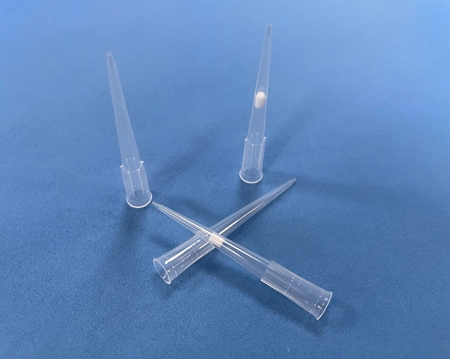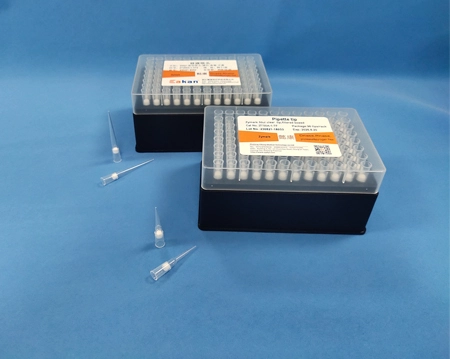What Are the Different Types of Automation Pipette Tips?
In the world of laboratory automation, precise and efficient liquid handling is essential for accurate experimental results. Automation pipette tips are a critical component of robotic liquid handling systems, enabling high-throughput pipetting with minimal human intervention. But what are the different types of automation pipette tips available? In this article, we'll explore the various types of these tips, their unique features, and the applications they serve. So, let's embark on a journey through the world of automation pipette tips and uncover the tools that streamline laboratory workflows!
Filtered Pipette Tips for Contamination Prevention
Filter pipette tips are designed with built-in filters to prevent contamination during pipetting. These filters act as barriers, trapping aerosols, microorganisms, and particulates, thereby safeguarding samples, reagents, and pipetting systems. The filters are typically made of hydrophobic materials that allow air to pass through while blocking liquids and contaminants. Filtered pipette tips are particularly valuable when working with sensitive samples, PCR, genomics, or any application that requires protection against cross-contamination.
The use of filtered tips minimizes the risk of contamination from previous samples or airborne particles, ensuring the integrity of experimental results. They are especially beneficial in laboratories where multiple samples are processed, reducing the need for frequent pipette and system decontamination. With filtered tips, researchers can focus on their experiments without worrying about potential sources of contamination.
Conductive Pipette Tips for Electrostatic Discharge (ESD) Protection
Conductive pipette tips are specifically designed to dissipate electrostatic charges, protecting sensitive samples and components from potential damage caused by electrostatic discharge. These tips are made from materials with conductive additives, allowing any static charge accumulated during pipetting to safely dissipate. By preventing electrostatic discharge, conductive tips ensure the preservation of sample integrity and the reliability of experimental outcomes.
Applications that involve sensitive electronics, such as DNA sequencing, cell sorting, or handling electronic components, can greatly benefit from the use of conductive pipette tips. These tips serve as a protective shield against potential electrostatic interference, safeguarding the accuracy and reproducibility of experiments.
Additional Types of Automation Pipette Tips:
1. Low-Retention Pipette Tips: Low-retention tips are designed to minimize sample adhesion to the inner surface of the tip. They have special surface treatments or coatings that reduce liquid surface tension, resulting in improved liquid recovery and reduced sample waste. These tips are particularly useful when working with expensive reagents, viscous liquids, or low-volume samples, where accurate and efficient liquid recovery is crucial.
2. Specialty Tips for Unique Applications: Depending on the specific requirements of your experiments, you may find a range of specialty tips tailored to unique applications. These include tips for handling viscous liquids, tips for magnetic bead-based assays or nucleic acid extraction, or tips compatible with specific plate formats used in high-throughput screening. Specialty tips cater to specific experimental needs, offering researchers increased flexibility and efficiency in their automated workflows.
Automation pipette tips are available in various types, each designed to address specific challenges encountered in laboratory automation. When selecting automation pipette tips, consider the specific needs of your experiments and choose the appropriate type accordingly. By utilizing the right type of tip, you can enhance accuracy, reliability, and efficiency in your automated liquid handling processes.
 English
English  中文
中文  日本語
日本語  한국어
한국어  français
français  Deutsch
Deutsch  Español
Español  italiano
italiano  русский
русский  português
português  العربية
العربية  tiếng việt
tiếng việt 


